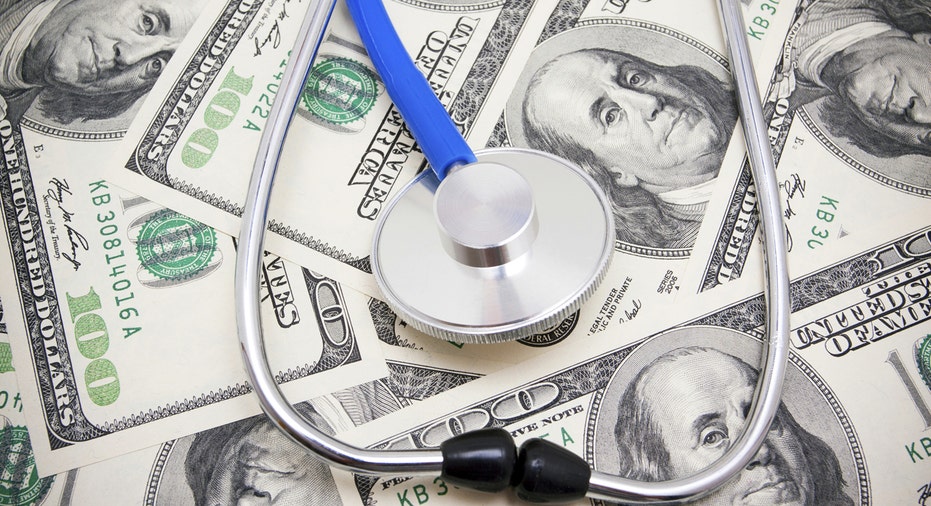Grab This Once-A-Year Tax Break

Fall is here, which means that it is time for the annual running of the workplace benefits gantlet. In all the rush to pick healthcare plans and sort out this HMO from that HSA, do not let your FSA get lost in the alphabet soup of offerings. That is a Flexible Spending Account, and it is a terrific – but often overlooked – tax break for anyone with regular medical expenses, from co-pays to eyeglasses.
A flexible spending account allows you to save up to $2,500 per person each year, before taxes. You set an annual total, and part of that money is deducted each week from your paycheck. As you go through the year and spend money on qualified medical expenses – which are everything from crutches to pregnancy tests – you file for reimbursement.
The savings come in the form of a tax break – none of the money you deposit in a flex account is taxable, so you are saving the equivalent of your marginal tax rate on both your federal and state taxes. For someone living in California, with household income at the U.S. median of $50,000 a year, a $2,000 flex account would cut more than $800 off your taxes, but your $38 weekly deposit would shrink your paycheck by less than $23.
There is one drawback to a flex account – the “use it or lose it” provision. Any money unspent in the account by the end of the year goes to pay the plan expenses and shortfalls. Fortunately, your benefits year can be longer than 12 months. The IRS allows plans to offer a grace period running up to March 15 as the spending cutoff, giving you 15 months to incur expenses. And, in 2014, the IRS also introduced a carryover option that allows each account to retain up to $500 of unspent flex money for the next year.
Another little-know benefit of flex accounts is that they are not pay as you go. If you have a $500 dental bill early in the year, but only $300 in your flex account, most plans will reimburse the full $500. If you quit the next day, ending your contributions to the plan, the shortfall is covered by the money left unspent in other workers’ accounts.
However, if you leave your job with unspent money in a flex account, you do not get a refund. You may have a grace period to use that money by the end of the month or pay period, but that is it. Some plans also allow you to continue your account under the COBRA laws that can extend your employer health benefits.
To figure out if a flex account will work for you – and how much to contribute – review your ongoing and expected medical costs. If you are regularly buying contact lenses, getting prescriptions or other repeated expenses, it is easy to predict your needs. Otherwise, start with enough to cover your basic medical needs from the previous year.
Besides the tax savings, a flex account can help you budget for medical costs, since the money is automatically deducted from your paycheck. A flex account also can act as a savings account, similar to how some people use tax refunds. In that case, you contribute to the account, save your receipts, but do not file for any reimbursement until you can claim a large sum that pays for holiday gifts, a vacation or other big-ticket expense.
If you do leave too much money in a flex account, use it up by scheduling an appointment with a dentist, eye doctor or even acupuncturist right away. There is always a big end-of-the year rush as thousands of other flex savers do the same thing.
This article was provided by our partners at moneytips.com.
Read More From MoneyTips:
Flexible Spending Accounts 101